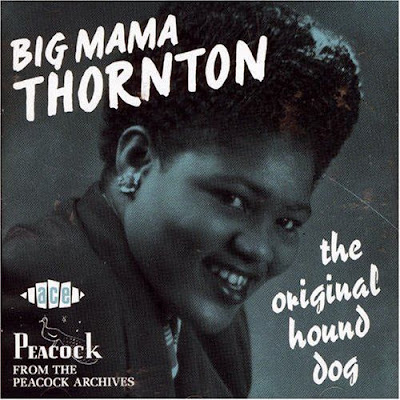I recently read this book which has resided on my shelves for many years and discovered that much of it is set in and around Mobile, Alabama. Let's investigate.
George Harmon Coxe [1901-1984] was a prolific author of fiction in various genres--detective tales, mysteries, thrillers. He published 63 novels and dozens of stories between 1932 and 1975. Around 1922 he began work for various newspapers and published a few stories in the pulps. He won a Grand Master designation from the Mystery Writers of America in 1964.
Mission of Fear was published in 1963. The novel is a "stand-alone", i.e. not one of Coxe's series works. Marion and John Hayden are living the happy married life in suburbia when a stranger appears with bad news: Marion's first husband Ted Corbin did not die in a plane crash as reported. That makes Marion a bigamist and liable for return of the rather large life insurance payout.
After a bit of detective work John figures he has located Corbin in Mobile. Hayden's trip to the city and the area occupies pages 96-142. He has a window seat on the flight from Atlanta to Mobile and observes the landscape as the plane descends. "The land beneath the wingtip seem gently rolling now, with cultivated areas interspersed with stands of pine. For the past few minutes they had flown over one river after another, each seemingly flowing southward toward the gulf or bay, but he was hazy about his geography in that area and he could only identify those which were shown on the airline map--the Alabama first, the Tensaw, the Mobile."
Coxe also describes Hayden's drive from the airport into the city as he passes more and more development, a large shopping center, increasing traffic. He finally reaches his new motel a few blocks beyond Government Street. Other landmarks are mentioned such as Conti Street, and Hayden makes a couple of trips through the Bankhead Tunnel. One area also noted is Bayou La Batre.
Corbin lives across the Bay in Fairview, apparently a stand-in for Fairhope. Why this name is changed but not others is a mystery. There is a Fairview in Alabama, but it's much further north in Cullman County. A significant portion of the Alabama section of the book is set in "Fairview". It also includes a description of the drive from Mobile to New Orleans when Hayden & Corbin decide to fly out of the Big Easy instead of Mobile. Pascagoula, Ocean Springs, Biloxi, Gulfport, Long Beach and Pass Christian all are mentioned.
I've found no connection to Alabama in Coxe's biographical information online, but he did work for a newspaper in Florida at one point during his journalism career. Coxe has two other Alabama connections by way of films adapted from his work. The 1936 film Murder with Pictures was based on Coxe's first novel published the previous year. The female lead is Birmingham native Gail Patrick; I've written several blog posts about her life and career. Here's Flash Casey is a 1938 film based on Coxe's story "Return Engagement" first published in the March 1934 issue of the legendary Black Mask magazine. That film starred Boots Mallory, who grew up in Mobile.
This novel is a fun read; Coxe was a writer who kept the story moving and created interesting characters. This title is the first thing by him I've read; I'll have to seek out more. Author James Reasoner has written an appreciation of Coxe that's available here.






























